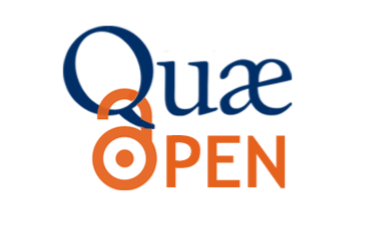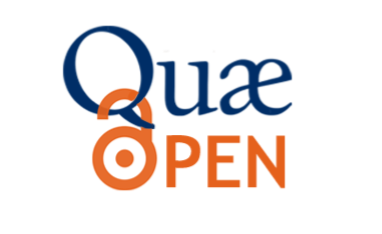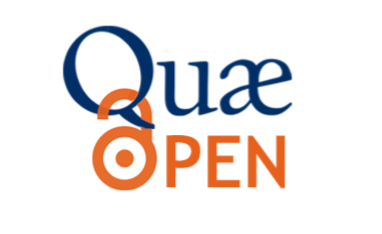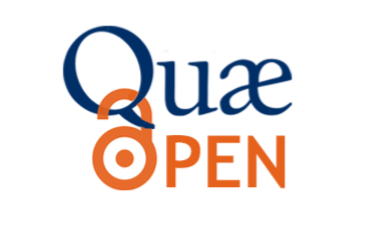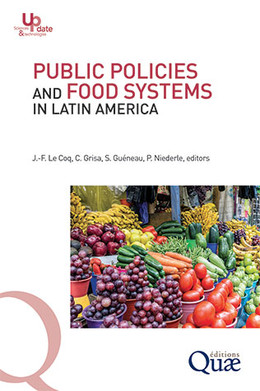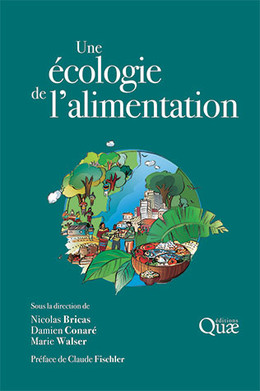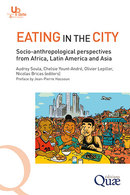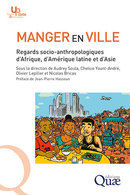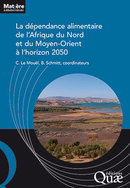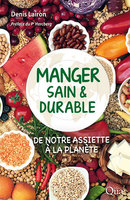Sustainable food systems for food security
Need for combination of local and global approaches
Publications dans la même collection
0,00 € (gratuit)
0,00 € (gratuit)
0,00 € (gratuit)
Dans la même thématique
0,00 € (gratuit)
Caractéristiques
Langue(s) : Anglais
Editeur : Éditions Quae
Edition : 1ère édition
Collection : Synthèses
Publication : 30 juin 2022
EAN13 eBook [PDF] : 9782759235766
EAN13 eBook : 9782759235773
Nombre de pages eBook [PDF] : 222
Intérieur : Couleur
Référence eBook [PDF] : 02851NUM
Référence eBook : 02851EPB
Taille(s) : 11,8 Mo (PDF)

